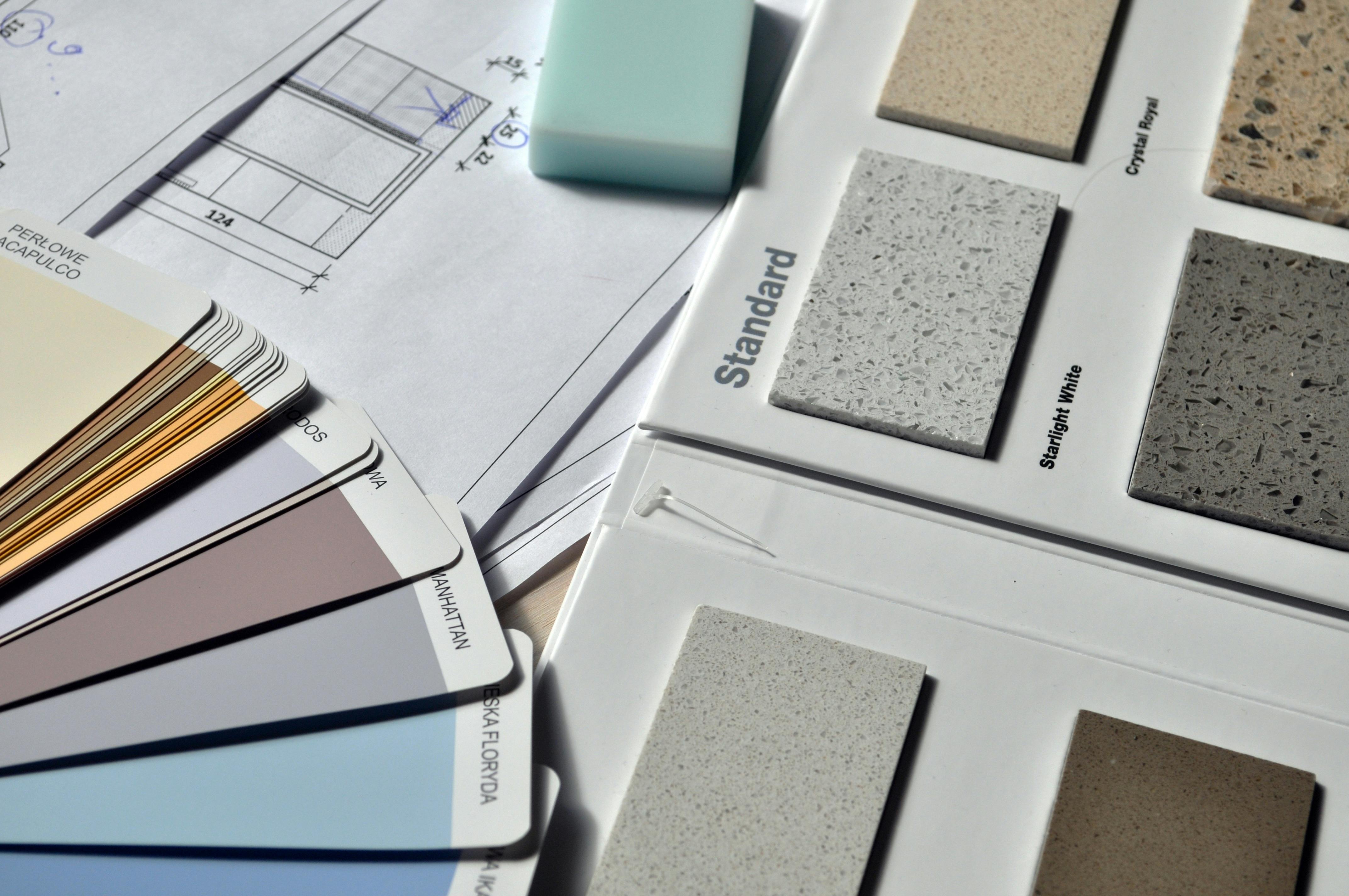How Exterior Trim Shapes the Look and Value of a Home
Exterior trim does more than frame windows and doors — it defines a home’s character and curb appeal. With styles ranging from classic to modern, the right trim can refresh a property’s value and design. Explore key options to consider for your exterior.

What Are the Most Popular Exterior Trim Design Ideas
Contemporary homeowners have numerous options when considering exterior trim design ideas that complement their architectural style. Classic approaches include traditional board-and-batten siding with contrasting trim colors, decorative corbels under eaves, and ornate window casings that add Victorian charm to older homes. Modern interpretations favor clean lines with flat board trim, geometric patterns, and minimalist corner boards that emphasize horizontal or vertical elements.
Mixed-material combinations create striking visual effects, such as pairing natural wood trim with fiber cement siding or incorporating stone accents with painted wood elements. Layered trim designs add depth and dimension, particularly around entry doors where multiple trim pieces create an impressive focal point. Color blocking techniques using contrasting trim shades help define architectural features while creating a cohesive design scheme that enhances the home’s character.
How to Approach Choosing Window and Door Trim
The process of choosing window and door trim requires careful consideration of proportion, material compatibility, and architectural consistency throughout the home’s exterior. Window trim should complement the size and style of each opening while maintaining uniform appearance across all elevations. Larger windows typically benefit from wider trim boards that provide visual weight, while smaller windows require more delicate proportions to avoid overwhelming the opening.
Door trim demands special attention since entry points serve as focal areas that welcome visitors and establish first impressions. Consider the door’s architectural style, surrounding siding materials, and existing color palette when selecting trim profiles and dimensions. Practical factors such as weather exposure, maintenance requirements, and local building codes also influence material choices and installation methods for both window and door applications.
Modern vs Traditional Exterior Trim: Understanding the Differences
The distinction between modern vs traditional exterior trim lies primarily in profile complexity, material choices, and overall design philosophy. Traditional trim features elaborate molding profiles with multiple layers, decorative elements like dentil molding or crown details, and classical proportions derived from historical architectural orders. These designs often incorporate natural materials such as wood or wood composites that can be shaped into intricate patterns.
Modern exterior trim embraces simplicity with flat boards, square edges, and minimal ornamentation that emphasizes clean geometric forms. Contemporary materials like PVC, fiber cement, and composite lumber allow for crisp lines that maintain their appearance over time with minimal maintenance. Color choices in modern applications tend toward monochromatic schemes or subtle contrasts, while traditional approaches often feature bold color combinations that highlight architectural details.
The Connection Between Curb Appeal and Home Value
Research consistently demonstrates the strong relationship between curb appeal and home value, with exterior improvements including trim upgrades providing measurable returns on investment. Well-maintained exterior trim contributes to positive first impressions that influence buyer perceptions and ultimate sale prices. Real estate professionals estimate that comprehensive exterior updates, including trim replacement or refinishing, can yield returns between 65-75% of the initial investment.
Beyond immediate financial benefits, quality exterior trim protects structural elements from weather damage, reducing long-term maintenance costs and preserving home value over time. Properties with distinctive, well-executed trim work often spend less time on the market and attract more qualified buyers who appreciate attention to architectural detail. The visual impact of coordinated trim elements creates a polished appearance that signals overall property care and maintenance.
Guidelines for Selecting Exterior Paint and Trim Colors
Strategic color selection when choosing exterior paint and trim colors requires understanding color theory, architectural context, and neighborhood aesthetics. The most successful color schemes establish a clear hierarchy with body color, trim color, and accent elements working together harmoniously. Light-colored trim against darker siding creates classic contrast, while monochromatic approaches using varying shades of the same color family offer sophisticated subtlety.
Consider the home’s permanent elements such as roofing materials, stone or brick features, and landscaping when developing color palettes. Test color combinations using large samples in various lighting conditions throughout the day, as exterior colors appear dramatically different under changing natural light. Regional preferences and homeowner association guidelines may also influence color choices, making research into local standards an important preliminary step.
How Much Does Exterior Trim Installation Cost
Professional exterior trim installation costs vary significantly based on material choices, home size, and regional labor rates. Basic vinyl or composite trim installation typically ranges from $3-8 per linear foot, while premium materials like cedar or engineered wood can cost $8-15 per linear foot including installation. Complex architectural details, multi-story applications, and extensive preparation work increase overall project costs.
| Trim Material | Cost Per Linear Foot | Durability Rating | Maintenance Level |
|---|---|---|---|
| Vinyl | $3-6 | Good | Low |
| Fiber Cement | $5-10 | Excellent | Medium |
| Wood Composite | $6-12 | Very Good | Medium |
| Cedar Wood | $8-15 | Good | High |
| PVC | $4-8 | Excellent | Low |
Prices, rates, or cost estimates mentioned in this article are based on the latest available information but may change over time. Independent research is advised before making financial decisions.
Labor costs typically account for 50-70% of total project expenses, with experienced contractors charging $40-80 per hour depending on location and project complexity. Additional expenses may include removal of existing trim, surface preparation, primer and paint application, and disposal of old materials. Homeowners should obtain multiple detailed estimates and verify contractor licensing and insurance before proceeding with exterior trim projects.
Exterior trim represents a valuable intersection of form and function that significantly impacts both aesthetic appeal and property value. Through careful material selection, thoughtful design choices, and professional installation, homeowners can achieve dramatic improvements in their property’s appearance while making sound financial investments in long-term value retention.




